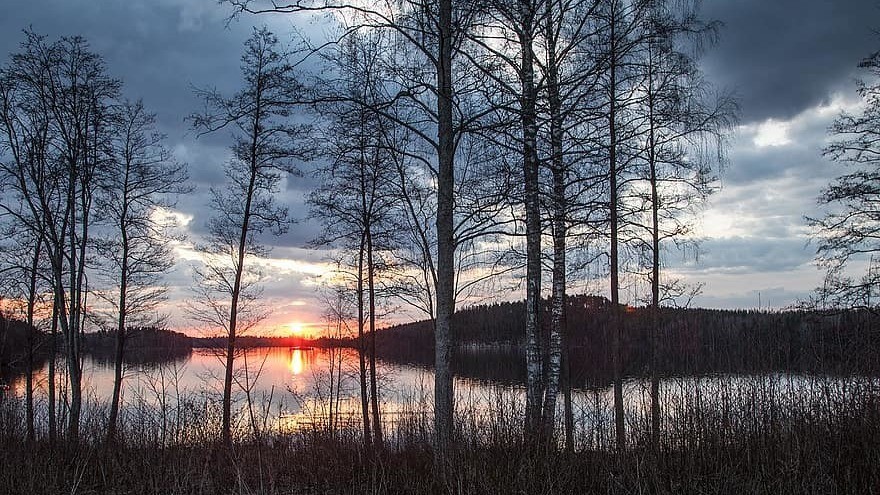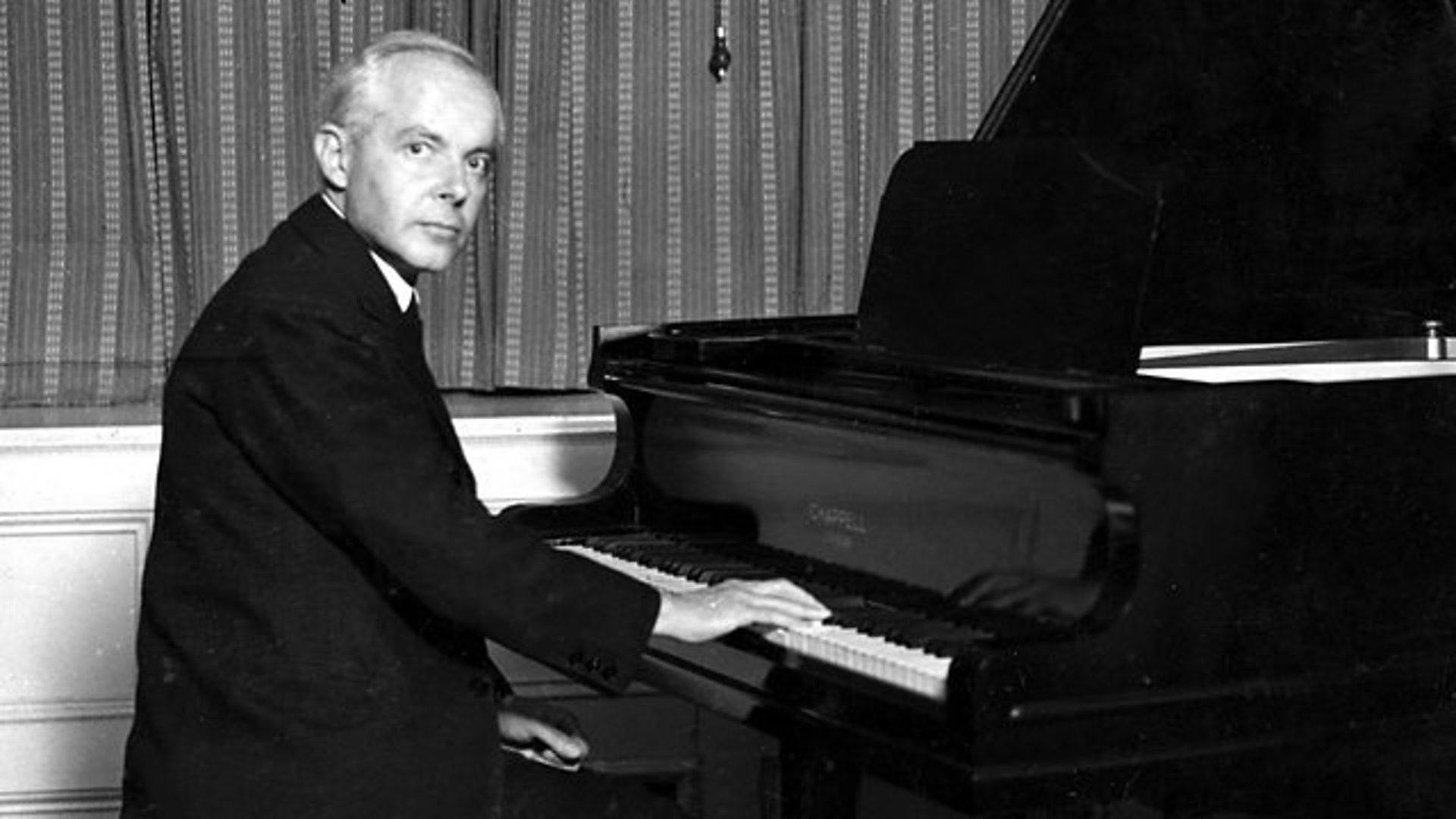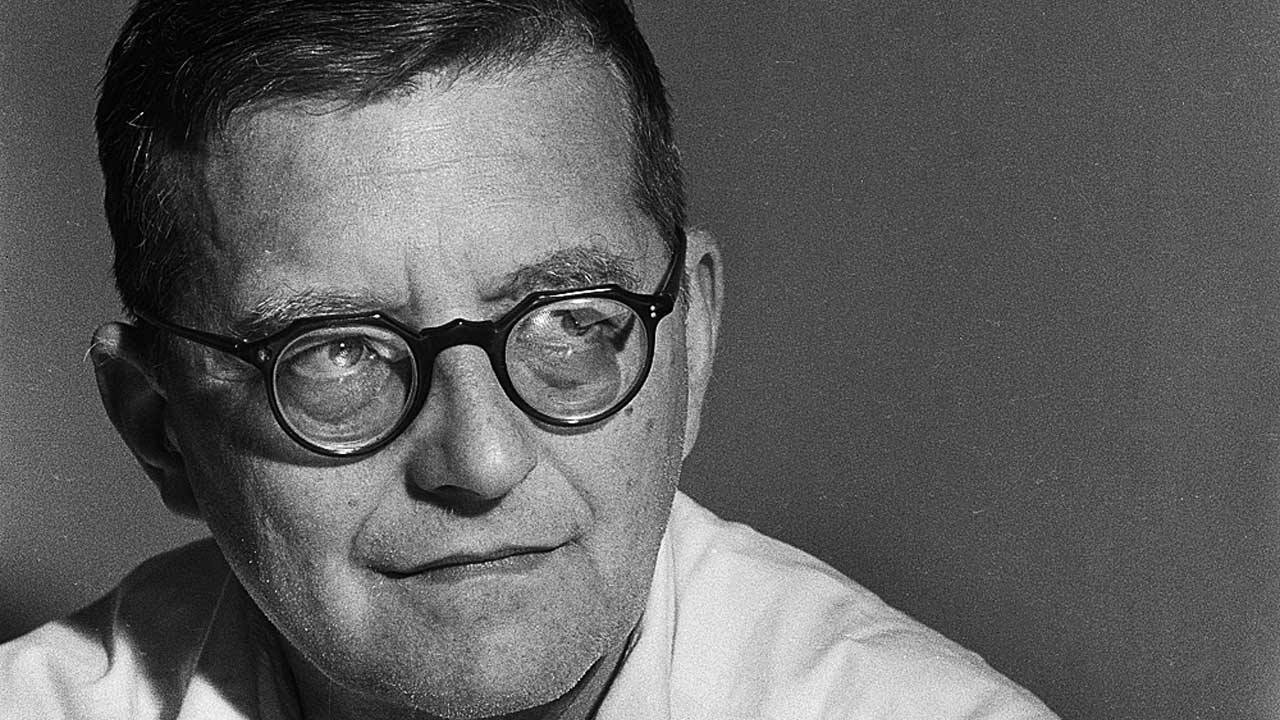Sibelius’ Fourth Symphony: Probing Psychological Depths
Jean Sibelius’ Symphony No. 4 in A minor enters a dark, austere, and occasionally terrifying sonic landscape. At first listen, it is undoubtedly the strangest and most unsettling of Sibelius’ seven symphonies. Its four movements probe frigid, mysterious depths. Yet, upon entering this forbidding territory, we are rewarded with glimpses of rugged beauty and awe-inspiring power. Sibelius called the Fourth “a psychological symphony.” It is the stuff of Expressionism, murky dreams, and …







